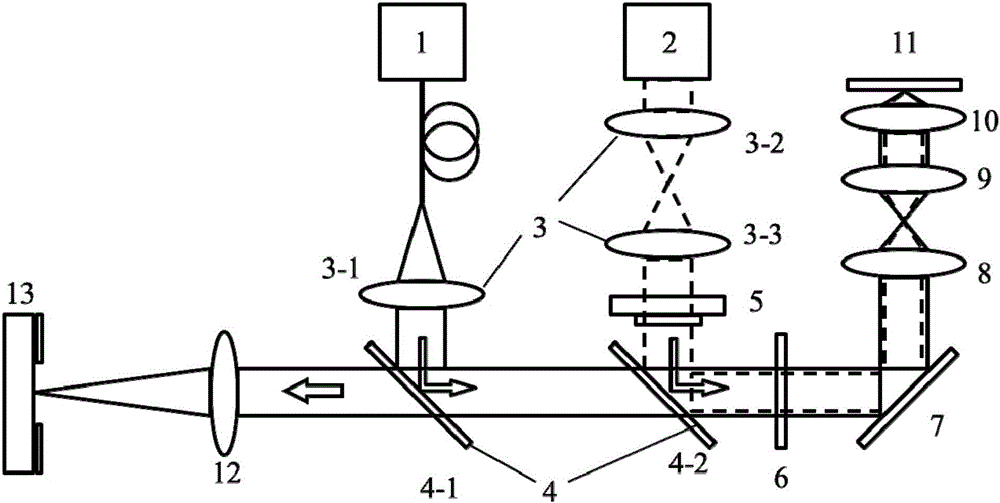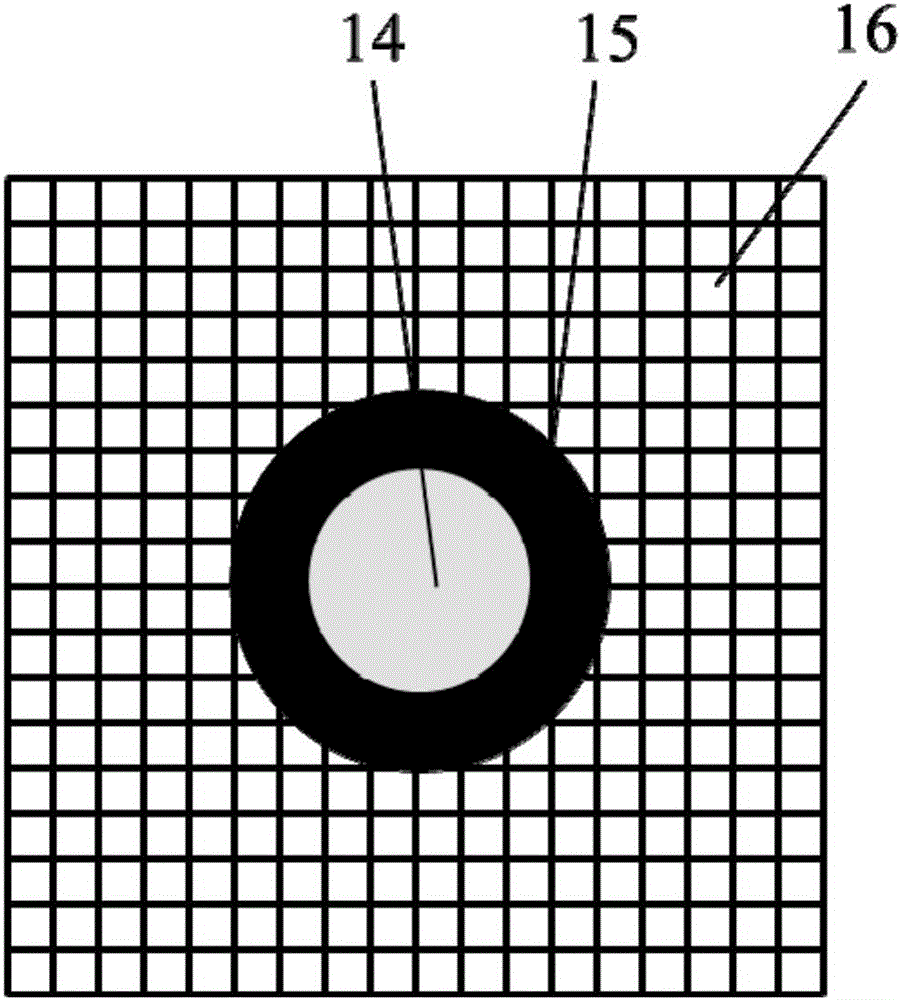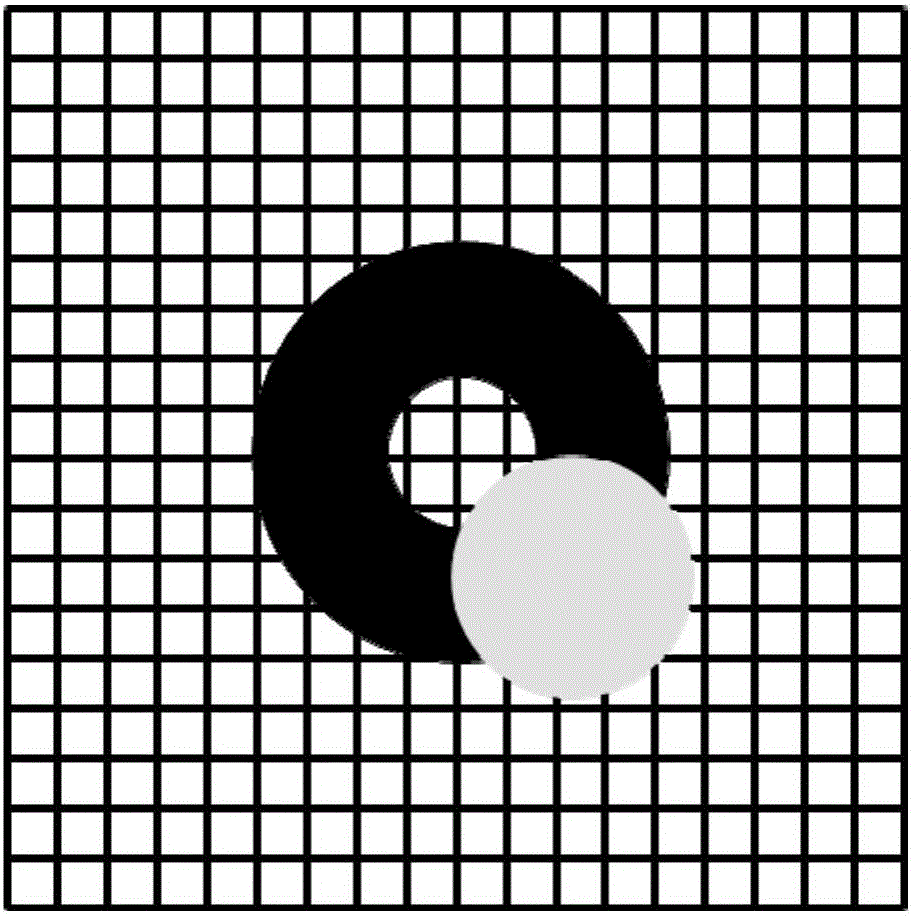Area array detection type stimulated radiation loss imaging system
A technology of stimulated radiation loss and imaging system, which is applied in the field of super-resolution fluorescence microscopy, can solve the problems of decreased signal intensity, decreased utilization of light energy, low signal value, etc., to improve stability and simplicity of operation, The effect of improving the utilization rate of light energy and reducing the influence of deviation
- Summary
- Abstract
- Description
- Claims
- Application Information
AI Technical Summary
Problems solved by technology
Method used
Image
Examples
Embodiment Construction
[0024] In order to make the purpose, technical solution and advantages of the present application clearer, the technical solution of the present application will be clearly and completely described below in conjunction with specific embodiments of the present application and corresponding drawings. Apparently, the described embodiments are only some of the embodiments of the present application, rather than all the embodiments. Based on the embodiments in this application, all other embodiments obtained by persons of ordinary skill in the art without making creative efforts belong to the scope of protection of this application.
[0025] The technical solutions provided by various embodiments of the present application will be described in detail below in conjunction with the accompanying drawings.
[0026] see figure 1 As shown, the area array detection type stimulated radiation loss imaging system of the present application includes an excitation light source 1, a loss light...
PUM
 Login to View More
Login to View More Abstract
Description
Claims
Application Information
 Login to View More
Login to View More - R&D
- Intellectual Property
- Life Sciences
- Materials
- Tech Scout
- Unparalleled Data Quality
- Higher Quality Content
- 60% Fewer Hallucinations
Browse by: Latest US Patents, China's latest patents, Technical Efficacy Thesaurus, Application Domain, Technology Topic, Popular Technical Reports.
© 2025 PatSnap. All rights reserved.Legal|Privacy policy|Modern Slavery Act Transparency Statement|Sitemap|About US| Contact US: help@patsnap.com



